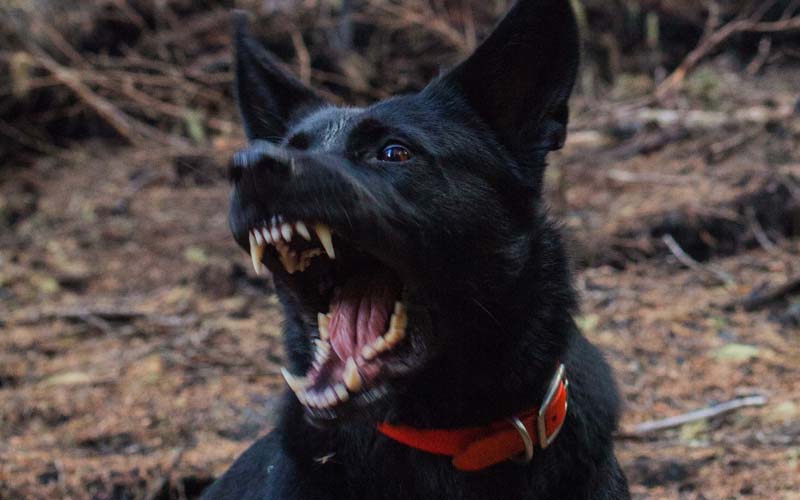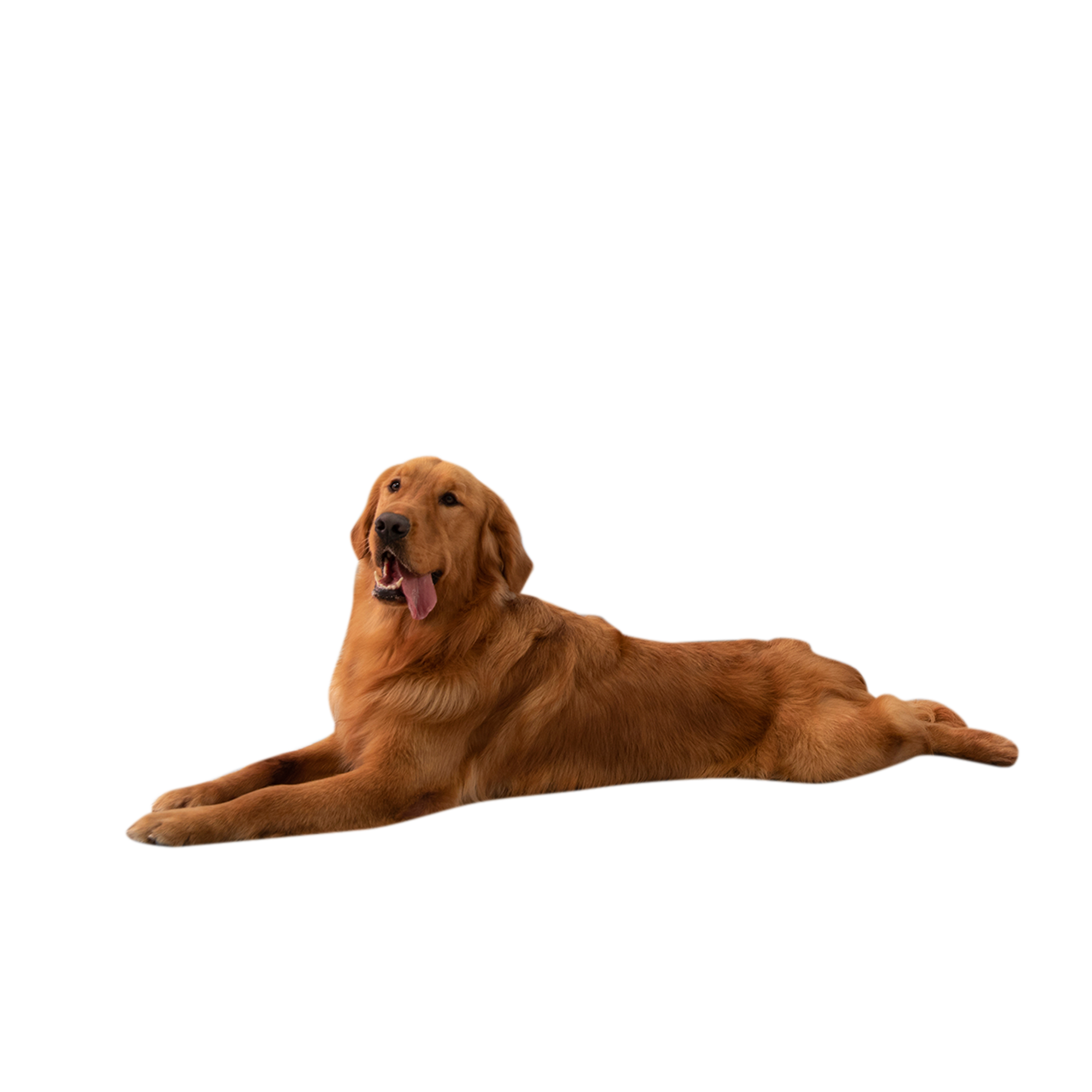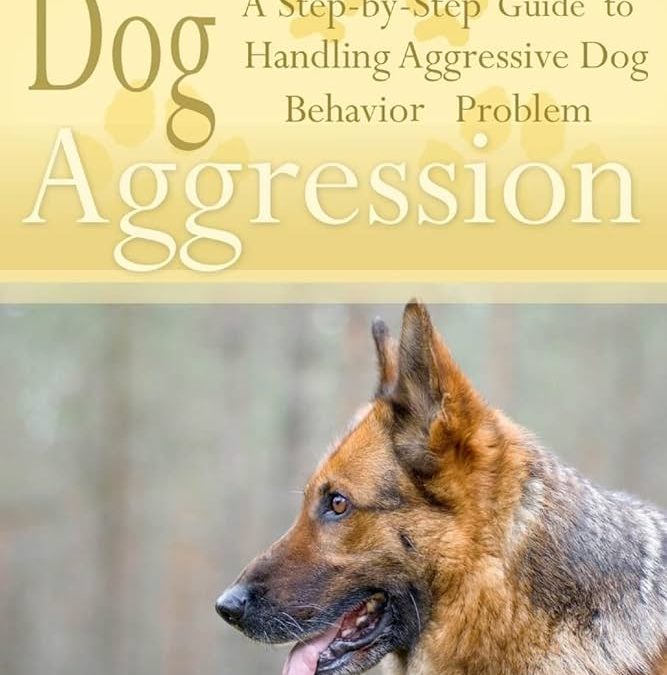To handle aggressive dogs responsibly, maintain a calm demeanor and avoid direct eye contact. Seek professional help for consistent behavior management.
Dealing with an aggressive dog requires both knowledge and patience. Pet owners and handlers must understand canine body language and signs of aggression to react appropriately. Responsible handling also includes identifying triggers that provoke the dog’s aggression and avoiding them.
Training should involve positive reinforcement techniques, steering clear of punitive measures that could exacerbate the behavior. Creating a safe environment for the dog and others is paramount. The introduction of a behaviorist or a professional trainer well-versed in dealing with aggressive pets might become necessary.
Their expertise can be invaluable in helping to modify the dog’s behavior, ensuring safety, and improving the quality of life for the dog and its owner. Remember, managing an aggressive dog is a sensitive issue that requires a consistent and informed approach.
Recognizing Aggression In Dogs
Aggressive behavior in dogs can vary widely. Recognizing the signs is key to handling them. A dog might show dominance aggression by standing tall, making direct eye contact, or growling. Fear aggression is often seen when a dog is cornered, with the dog showing its teeth, ears flat against the head, and tail tucked. Territorial aggression occurs when a dog defends its space or home, barking loudly, or lunging at perceived threats.
Dogs may also exhibit aggression in response to specific triggers. Common triggers include new people, other animals, or sudden movements. Loud noises or a change in environment can also cause stress and aggressive responses. Watching for these signs is crucial for preventing negative situations. By understanding and acting on the early warning signs, you can ensure safety for both your dog and others.
Root Causes Behind Aggression
Dogs may show aggression for various reasons. Genetic factors play a key role, as some breeds exhibit more aggressive traits than others. Selective breeding sometimes enhances these behaviors, making them more common in certain dogs.
Environmental influences also shape a dog’s temperament. Negative experiences, like abuse or neglect, can lead to aggression. Lack of proper training or socialization during the puppy stage sets the groundwork for potential problems. Dogs mimic behaviors, so exposure to aggressive dogs might influence their actions. A consistent, positive environment is critical for raising a well-behaved dog.
Calming Strategies For Immediate Situations
Understanding body language is key to calming aggressive dogs. Keep your posture relaxed but never turn your back on the dog. Avoid direct eye contact, as this can be seen as a challenge. Softly speaking in a calm tone can reassure the dog.
Distracting the dog is also effective. Offer treats or toys to shift its focus from aggression. Commands like ‘sit’ or ‘stay’ help regain control. This redirection allows for a moment to safely remove yourself or the dog from the tense environment.
Long-term Behavioral Modification
Dealing with aggressive dogs needs consistent training and patience. Socialization is key. Start by introducing your dog to new people and pets slowly. Follow up with positive reinforcement, rewarding good behavior. This teaches your dog that new experiences are safe.
Desensitization is another technique. Gradually expose your dog to their triggers at levels they can handle. This minimizes stress. Always keep sessions short and happy. With time, your dog learns to remain calm. Remember to consult a professional, particularly for severe cases.
Seeking Professional Help
Recognizing the signs that your dog may need behavioral therapy is essential. Sudden aggression or changes in behavior are clear indicators. It is crucial to act promptly to ensure safety for everyone. Dogs might display growling, snapping, or biting without obvious reason.
Consulting a professional trainer or behaviorist is a responsible step. These experts can identify the causes of aggression. They create a customized training program to address the issues. This path promotes positive behaviors in dogs.
Behavioral therapy is much like a class for your dog. It teaches them to react calmly in stressful situations. With consistent training, your dog can learn to manage its aggression. This makes your pet happier and your home safer.

Credit: leerburg.com
Essential Safety Precautions
Dealing with aggressive dogs means staying protected. Wearing the right safety gear is a must. Gloves can shield your hands from bites. Thick, padded clothing guards your body against scratches or worse. Don’t forget a helmet for unexpected head movements. Eyes need protection too, so always wear safety goggles.
Setting up a secure environment keeps everyone safe. Use fences and gates to limit the dog’s area. Make sure these barriers are strong and high. Separation devices, like baby gates, are helpful indoors. They stop the dogs from entering unsafe zones. Always have a safe room or space you can move to if needed.
Legal And Ethical Responsibilities
Understanding local laws is key to managing aggressive dogs. Many areas have specific ordinances that dictate dog behavior and owner responsibilities. These laws can require leashes, fences, and even muzzle use in public spaces. Failing to follow these rules often leads to hefty fines or more severe consequences.
Owners need to consider liability insurance for their pets. If a dog causes harm, the owner might face expensive lawsuits. Insurance helps cover costs related to injuries or property damage. It’s a safety net that provides peace of mind and financial protection.
| Community Responsibility | Requirements | Liability Measures |
|---|---|---|
| Leash laws | Keep dogs on leashes in public | Liability insurance |
| Muzzle mandates | Use muzzles for certain breeds or temperaments | Coverage for injury claims |
| Fencing codes | Secure areas for dogs to prevent escapes | Property damage compensation |
Prevention Strategies For Dog Owners
Proper socialization and training are key to preventing aggression. Expose your dog to different people, animals, and environments early on. This helps them learn to cope with various situations calmly. Dogs need consistent training. Positive reinforcement methods work best. Reward good behavior to encourage your dog.
Regular health checks ensure your dog stays healthy. Some aggressive behavior might stem from pain or discomfort. Thus, routine vet visits are important. Keep up with vaccinations and preventatives too. Your dog’s diet profoundly affects their mood. Feed them balanced, high-quality food for better health and behavior.
Frequently Asked Questions
What Is The Best Way To Deal With An Aggressive Dog?
To safely manage an aggressive dog, remain calm, avoid eye contact, and slowly back away without turning your back. Seek professional help from a dog behaviorist for long-term solutions.
What Not To Do Around An Aggressive Dog?
Avoid making eye contact with the aggressive dog, as it can be perceived as a challenge. Do not approach, run from, or scream at the dog. Steer clear of direct interaction and refrain from making sudden movements that might escalate the situation.
What Precautions Should You Take When Dealing With Aggressive Dogs?
Stay calm and avoid direct eye contact. Move slowly and give the dog space. Do not run or scream. Keep your hands by your sides. Seek professional help if the dog’s behavior persists.
What To Do If An Aggressive Dog Runs At You?
Stay calm and avoid eye contact. Stand still or slowly back away. Don’t run or scream, as this may provoke the dog. If the dog attacks, put an object between you and the dog. Report the incident to local authorities after reaching safety.
Conclusion
Dealing with an aggressive dog requires calm, knowledge, and consistency. Remember, safety always comes first—for you and your pet. Utilize professional guidance, practice responsible pet ownership, and stay informed on canine behavior. Your proactive approach can transform a challenging situation into a rewarding companionship.
Embrace patience and positivity on this journey.

Hello, I’m Ethan Mitchell. My passion is dog training and behavior enthusiasts. With years of experience working with various breeds, my goal at Dog Advisor Pro is to help dog owners build strong, loving relationships with their furry friends through effective training techniques. Understanding a dog’s behavior is the key to harmonious companionship. I am dedicated to sharing practical training tips that improve the lives of dogs and their owners.


